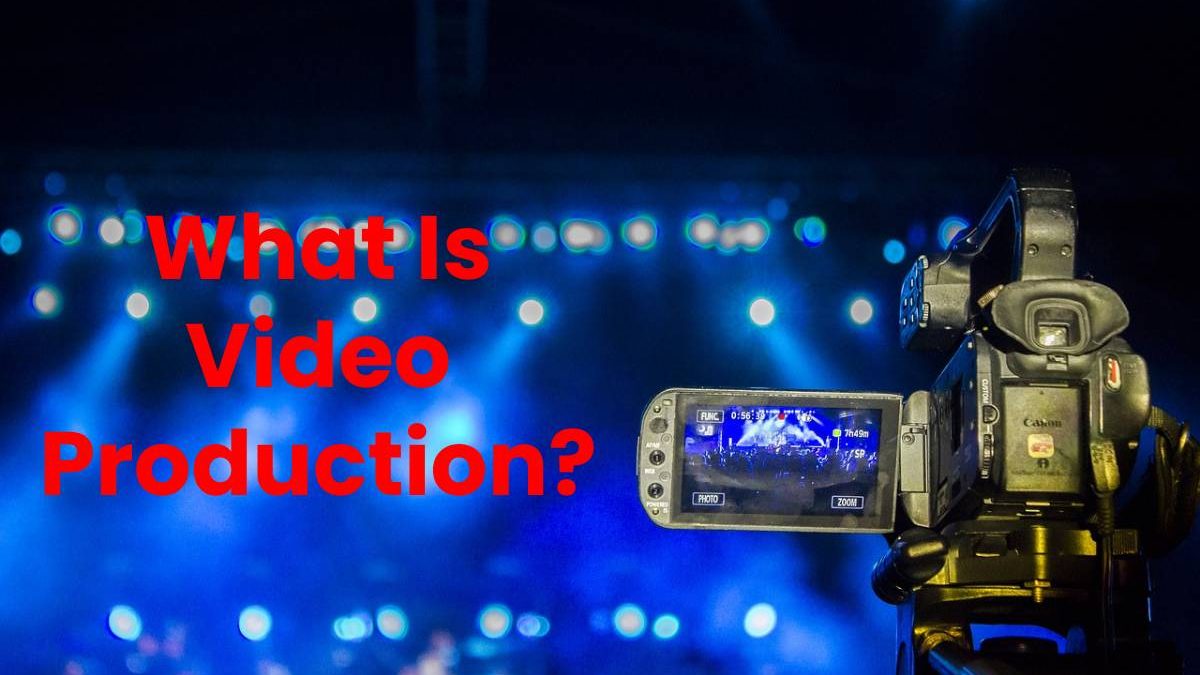Video production is a vast field. From wedding videography and training videos to marketing films and art installation films, if you have a talent for video and want to build a business, there is a niche for you.
Amateurs often think that making a video entails nothing more than hitting ‘record’ on an iPhone and then editing the film using a free bit of software, but there is a lot more to professional video production than that.
The pros use a huge range of equipment, from studio lights to professional editing suites, which ensures the finished product is a slick as it possibly can be.
If you’re looking for an example of a professional business video company that does it right, here’s one that’s the best of Miami video production companies.
Because there are so many different aspects to producing professional video content, it’s important to understand every stage of the process.
Read on to find out more about video production services and how it works in a professional setting.
Table of Contents
How the Video Production Process Works
There are three main stages of video production: pre-production, making the actual video, and post-production. Let’s take a look at each stage in more detail.
Pre-production
The pre-production stage is where you sit down with your client (if applicable) and discuss what direction the project is going to take. It is a chance to think about the goals you have, which is especially important if this is a marketing video.
At this stage in the process, you need to consider whether a script is necessary, what characters you plan on using (if any), and whether extra people are needed to participate in the filming.
For larger video productions, locations can be scouted, and talent auditioned.
Think about what production equipment is needed for the shoot. Are extra personal needed to handle equipment or other tasks?
For example, a large video shoot will require on-site catering, trailers for staff and talent, and people to organize on-site security, car parking, etc.
Depending on the size of the video production there could be a lot of planning to do. For this reason, the pre-production stage may last for several days or even several months.
Often, site visits are needed to ensure the location is suitable.
There will also be meetings set up with stakeholders, so that everyone can be briefed on the production to ensure they are happy with the scripts, shooting schedule, and cast.
Production
Once everything has been finalized and there are no outstanding organizational headaches to address, it is time to begin the video production phase, which is when the actual video footage is captured.
On the day, all the equipment must be set up. This includes the lighting, audio, and video equipment. You might have people to interview, in which case they should be ready and waiting.
There is usually a person on-site acting as a liaison between the video producer and the people commissioning the video, in case of problems on the day.
It is customary to film extra footage in case this is needed during the editing process. You may also have to record voiceovers in a sound studio, to be added to the video later.
Post-production
Once the main production has been completed and you have enough video and audio footage to create your final piece, it is time to move on to the post-production stage.
This is where the footage is reviewed by a producer and passed over to a video editor. The editor will weave all the many pieces together to create the final film.
Special effects may be added, as well as extra audio. You may also want to select music as an overlay for the video.
This is the stage that requires the most creativity and it can take a while for the raw footage to come together in a coherent way.
As you might expect, the success of the final piece will depend heavily on the talent of the editor.
Once the production company has a final product, the stakeholders are brought in to review it. There may need to be revisions before everyone is happy with the product, which can take time.
The final stage of video production is when the product is released, either on a video sharing platform like YouTube or added to a corporate intranet if the video is being used as a training resource.
Final Thoughts
If you are planning to start your own video production company, it’s important to fully understand the process of producing a video.
The pre-production stage is where all the details are finalized.
If changes are made later, it affects the cost of the production, so it’s important to make sure all parties are happy before the project moves on to the production phase.
The same applies to revisions if there has been an element of scope creep during the production phase. The more revisions there are, the more expensive the production will be.
If you want your video production to run smoothly, make sure the entire production process is organized in a professional manner.

